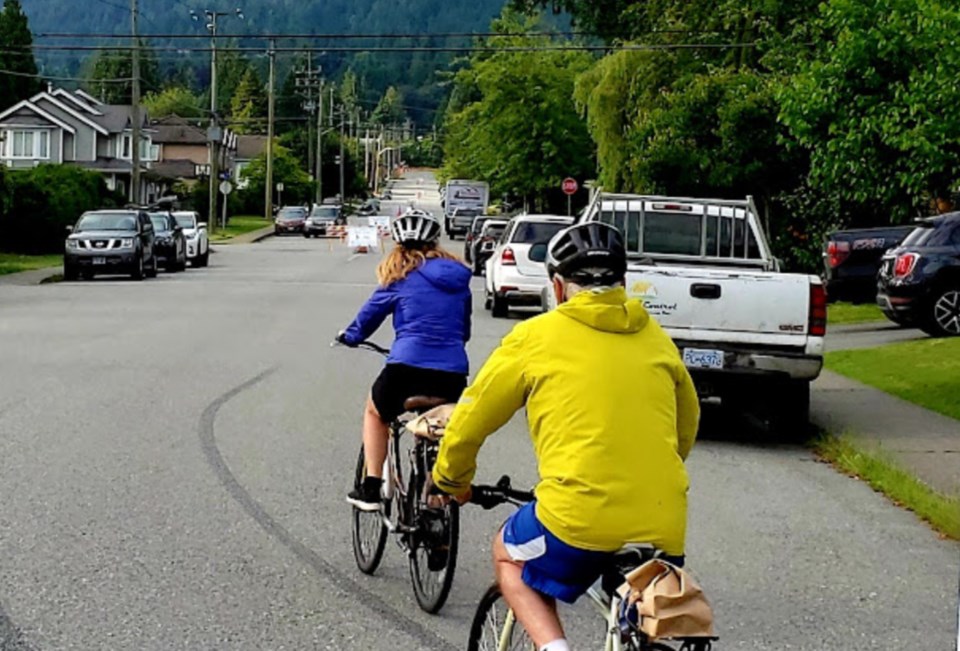Pretend that Justin Trudeau announced there was a disease prevention pill that costs $1 per person annually. Taking the pill would multiply each province’s annual health-care dollars by nearly 20. Wow, that sounds like a dealio.
Sadly, there is no such pill. However, tax dollars spent on active transportation have a vast potential to transform health care in Canada.
Diseases associated with lack of exercise are increasingly prevalent. Many jobs involve eight or more hours daily in front of a screen. That’s a lot of sitting around. By promoting moderate physical activity, cycling infrastructure can contribute major benefits to public health. But by how much?
In Holland, they invest close to a billion dollars annually on cycling. Dutch people aren’t just crazy about bikes. They invest in biking because that investment pays back in massively reduced health-care demand. A 28-year longitudinal study showed that compared to motorists and public transit users, people who cycled three hours per week were 46 per cent less likely to develop heart disease and had a 45 per cent reduced chance of developing cancer.
Way smarter people than me did some math, and BOOM, the economics are staggering. Every dollar the Dutch spend on cycling infrastructure saves around 27 health-care dollars (adjusted for Canadian currency). This massive reduction in health-care demand means existing dollars can fund doctors, MRIs or cancer treatments for fewer sick people.
Cost savings also include fewer premature deaths due to better air quality. The World Health Organization recommends expanding cycling and walking as a critical strategy to reduce air pollution and disease burden. Studies have also found a link between active transportation and increased life expectancy.
There are two ways to solve our health-care crisis. We can increase supply. This is overwhelmingly the method we currently favour, requiring more and more money. Or, we can reduce demand. Here’s where simply riding a bike becomes a secret weapon. It is that easy.
It’s budget time for the North Shore three municipalities. Here’s a look at their proposed capital spending on active transportation for 2023. Note: These numbers lump walking and cycling dollars together because it’s difficult (impossible?) to compile apples-to-apples cycling-only money.
|
Population |
2023 $ for Active Transportation |
Annual Active Transportation $ Per Person |
|
|
West Vancouver |
45,000 |
$200,000 |
$4.45 |
|
District of North Vancouver |
89,000 |
$2,540,000 |
$28.5 |
|
City of North Vancouver |
62,000 |
$5,075,000 |
$82 (!) |
Our health-care system needs help. All tax dollars – whether federal, provincial or municipal – come from us. It’s all our money. We can fund active transportation right now, or hold out for a miracle pill.
I know where I want my tax dollars to go.
Heather Drugge is a sustainable transportation advocate who has used her bike for transportation for more than 20 years. She’s got an e-bike now, and maybe a jetpack next. [email protected]




.jpg;w=120;h=80;mode=crop)